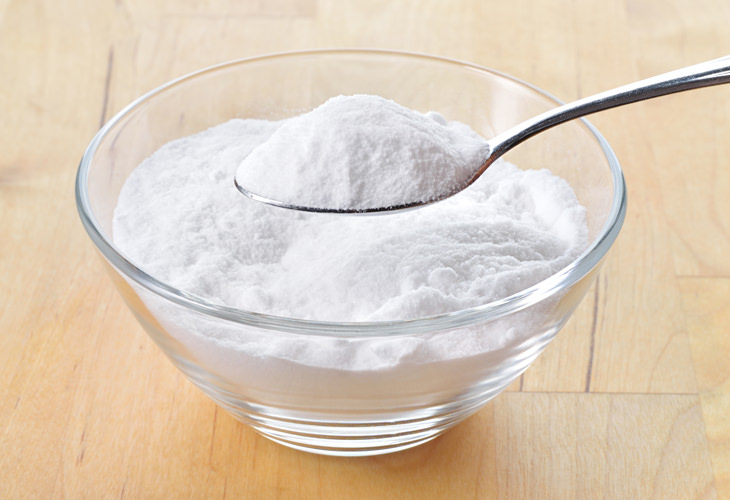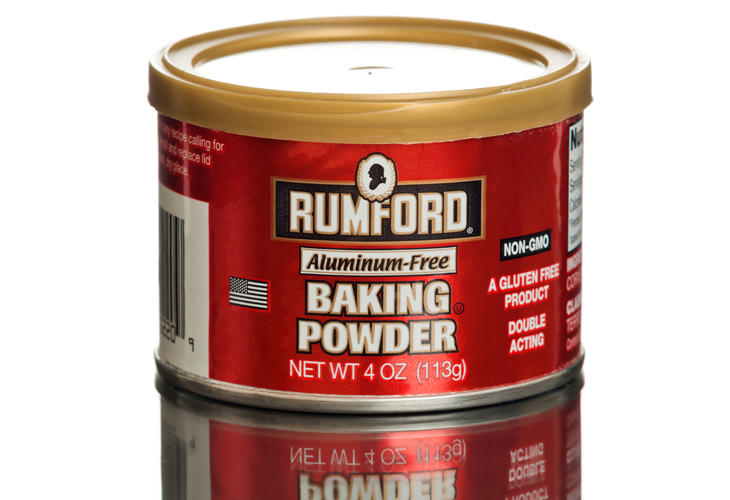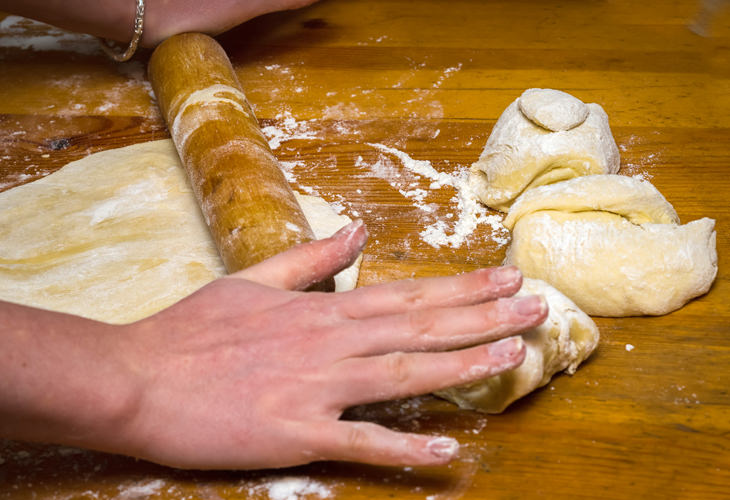
It’s always a close shave when you’re cooking something in the kitchen, realize you need baking powder, and you reach for the baking soda instead. Luckily, on most occasions, you manage to catch yourself in time.
The thing is, what would actually happen if you really did pour baking soda into your mixing bowl without realizing the error of your ways? To clear up the confusion, here is all you need to know to clearly distinguish between baking powder and baking soda:
Baking Soda

Baking soda has many different applications, from cleaning to craft, home remedies and many other DIY reasons. But how can one product be so versatile? The key is in its simplicity. Baking soda is a chemical compound called sodium bicarbonate, which is about as basic an ingredient as you can get. In addition to being an essential, foundational item, it also has high alkalinity to counter the effects of acidic substances.
Not to bore you with a chemistry lesson, but consider what happens when you mix baking soda with something like vinegar, buttermilk, or lemon juice. A chemical reaction takes place, and this results in carbon dioxide being given off, which can usually be seen in the form of bubbles.
In essence, then, baking soda is a leavening agent. We use it to create air and create rise, and this effect is achieved when you combine the baking soda with something acidic that will react with it. The effect can also be achieved if baking soda is heated on its own, but this will likely result in a metallic taste that’s often associated with basic pH levels. In addition to helping out with the chemical reaction, acidity allows for air bubbles without the taste problems.
Baking Powder

Savvy bakers will notice that baking soda is actually contained as a baking ingredient in baking powder, however it’s mixed with other things such as cream of tartar and, on occasion, corn starch. If you notice something in common about these ingredients, then you’re on to something – they’re all acidic. This means that the aforementioned chemical reaction is built right into the baking powder.
Many baking powders that you can buy today actually contain a double-leavening effect, which means that they combine two chemical reactions that occur in succession. The first is an air-building reaction that occurs when dry and wet ingredients are mixed together, and another that occurs when the mixture is heated.
The fundamental thing you have to keep in mind when it comes to baking powder is the mixture of acidic and basic substances, and the leavening effect that occurs as a result of that. Regardless of whether you use baking powder or baking soda, you primarily need to consider how much “tang” you want to taste and how much air you need. In fact, many professional bakers actually use both in different amounts to achieve different effects.
What it all means for a home baker

Bad news – you can’t really use baking soda and baking powder interchangeably, and this is because of the extra element that’s contained in baking powder. Although they both have a leavening effect on a recipe, it’s when the leavening actually occurs that represents a crucial difference.
What do you do when you need baking soda, but only have baking powder?
Try using two to three teaspoons of baking powder for every teaspoon of baking soda you need. In other words, you need two to three times as much baking powder for the same amount of baking soda to get the same amount of leavening power. Note that you might end up with something a little bitter-tasting, depending on the recipe, when you’re done baking.
What happens if the problem’s the other way round?
If you only have baking soda and need to use baking powder, the aforementioned rule goes the other way. So, for instance, if a recipe requires three teaspoons of baking powder, replace with just a single teaspoon of baking soda. Another thing you need to do to get the replacement right is to add an additional acidic element. As a general rule, add one teaspoon of vinegar or lemon juice for every half-teaspoon of baking soda that you add.
Baking soda can last for a very long time if stored in a cool, dry place, however baking powder can last anywhere from three months to a year. It will start to go bad quickly if it’s exposed to humidity once it’s open.
How can you check if baking soda is still okay to use?
1. Add a quarter-teaspoon of white or apple cider vinegar to a half a cup of hot water.
2. Drop a bit of baking soda into the hot water .
3. If you can see bubbling and fizzing, it’s still okay to use.
How can you check if baking powder is still okay to use?
1. Measure out half a cup of hot water. Don’t add vinegar to it.
2. Drop some baking powder into the hot water.
3. If you can see bubbling and fizzing, it’s still okay to use.
Conclusion
As you can see from all of the above, baking soda and baking powder are very similar, but they’re not the same things. Keep their leavening properties, together with the necessity of mixing acidic, in mind, to ensure your untold baking success!
Content source: Tip Hero
Internal and cover images by Deposit Photos